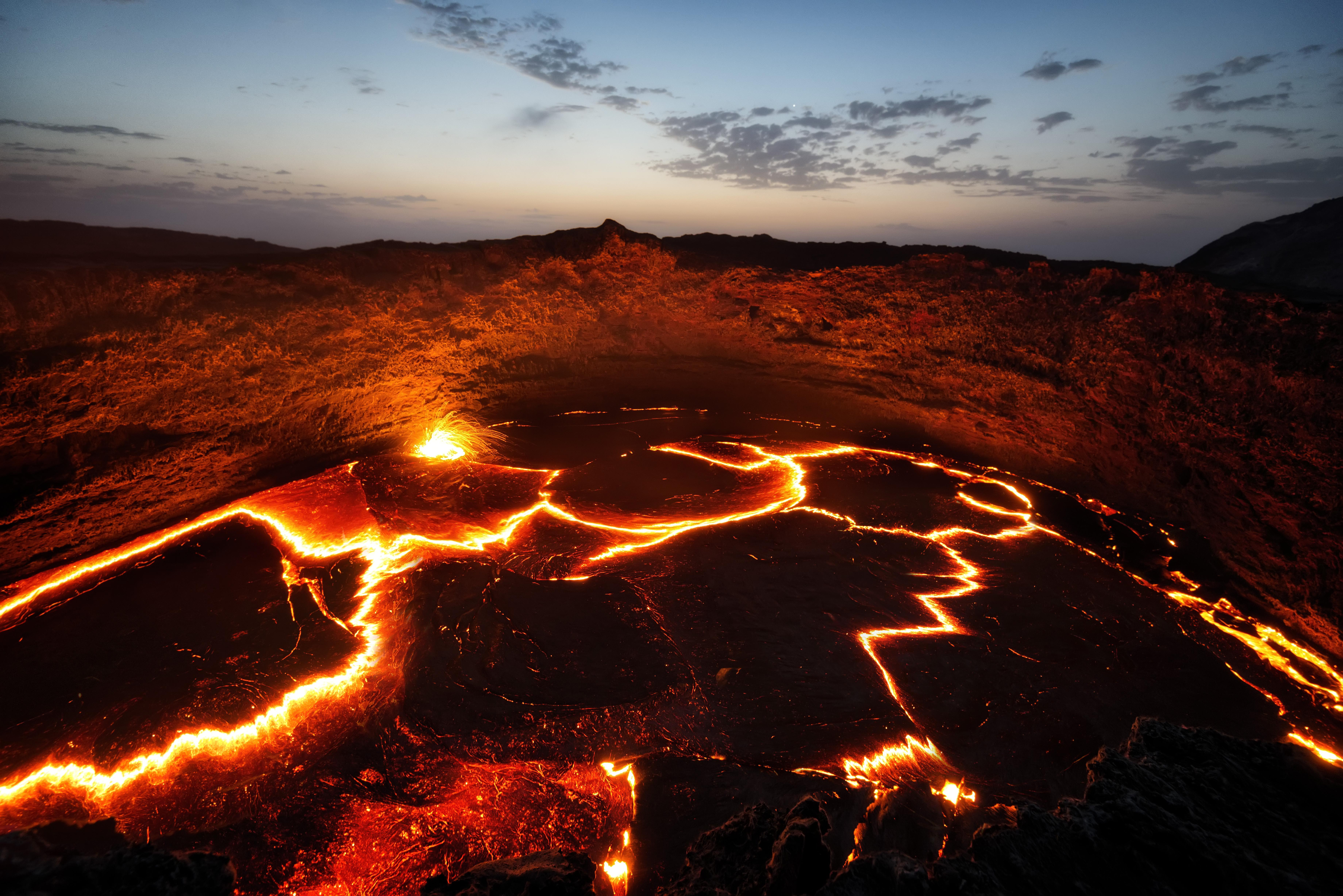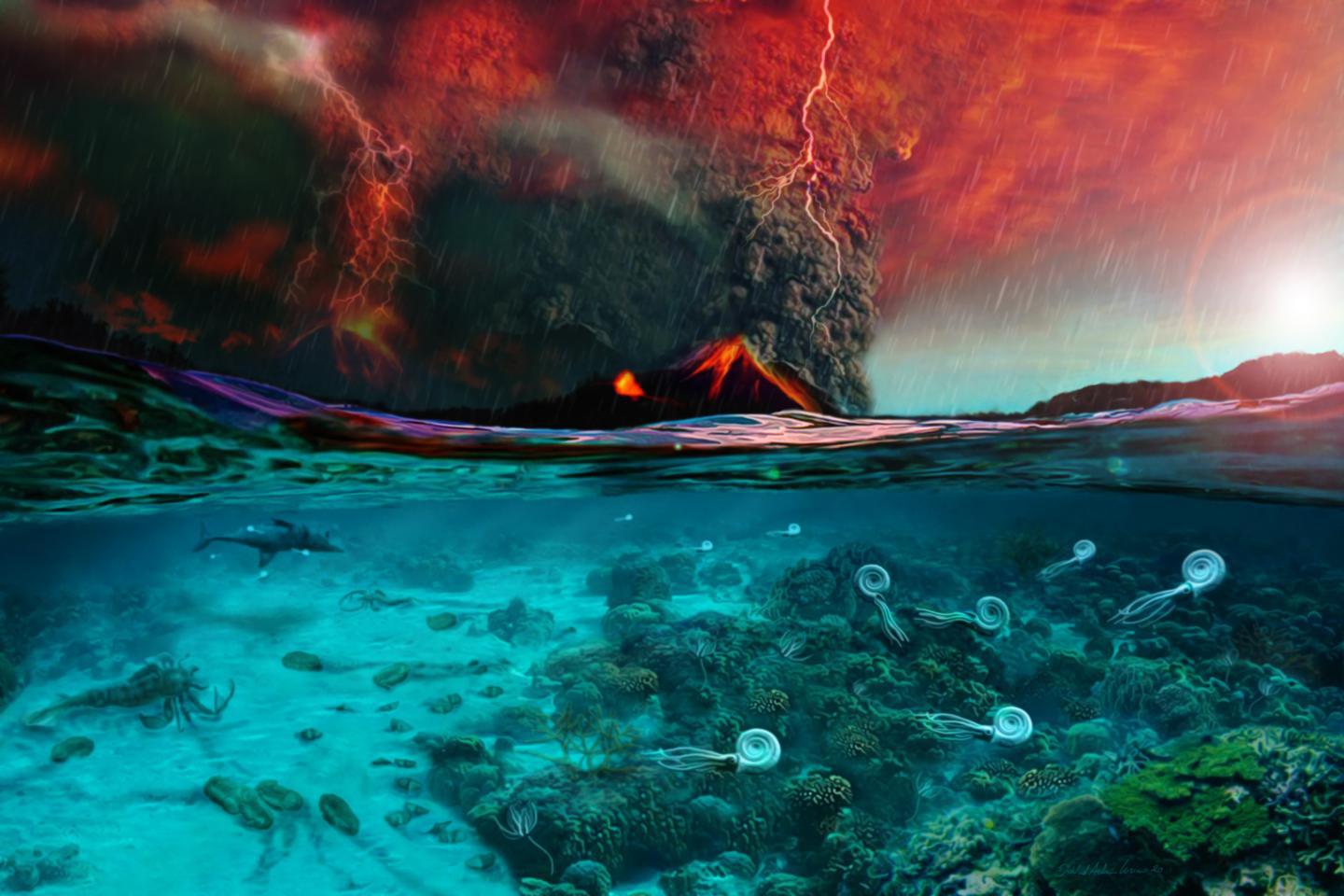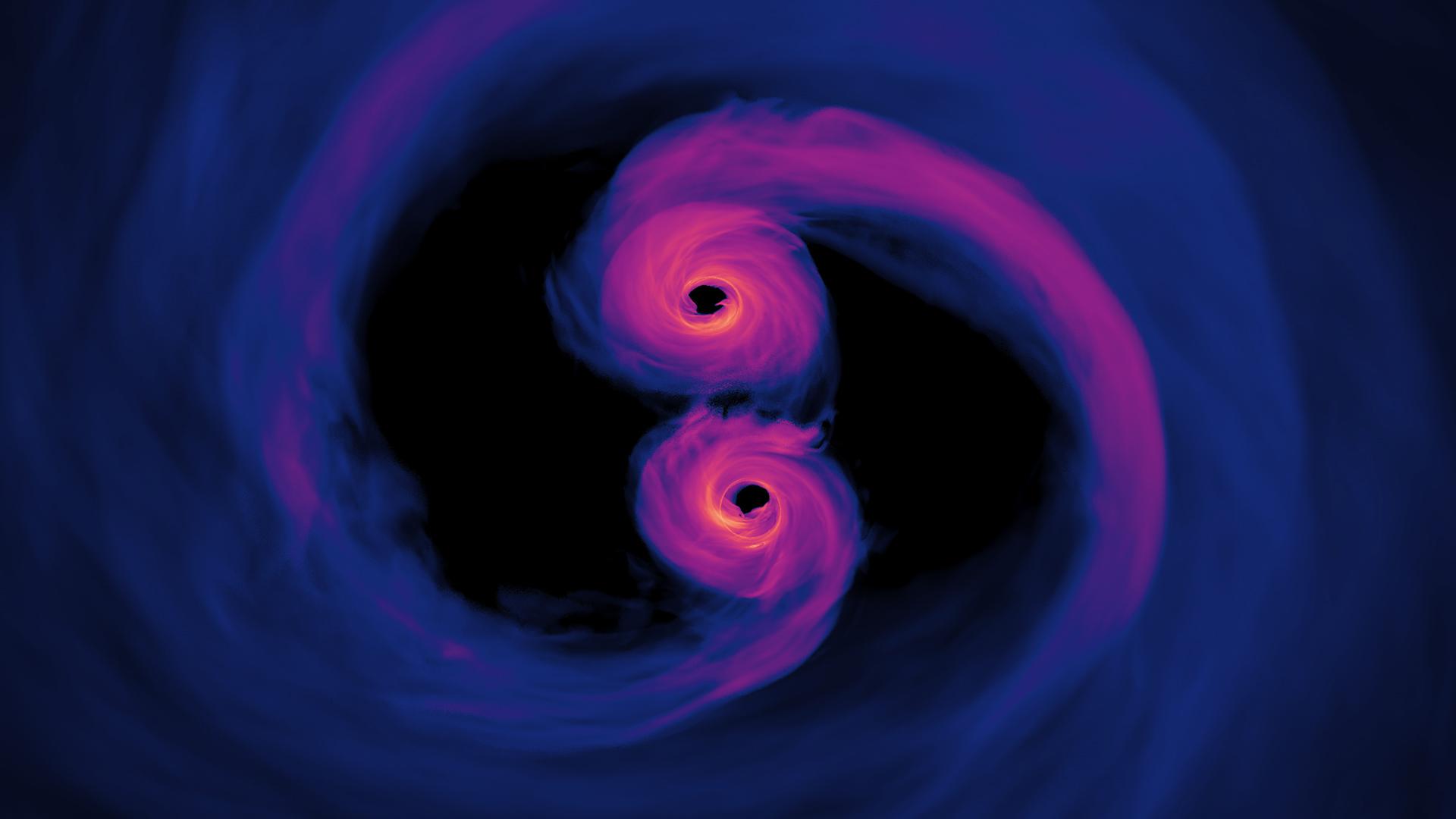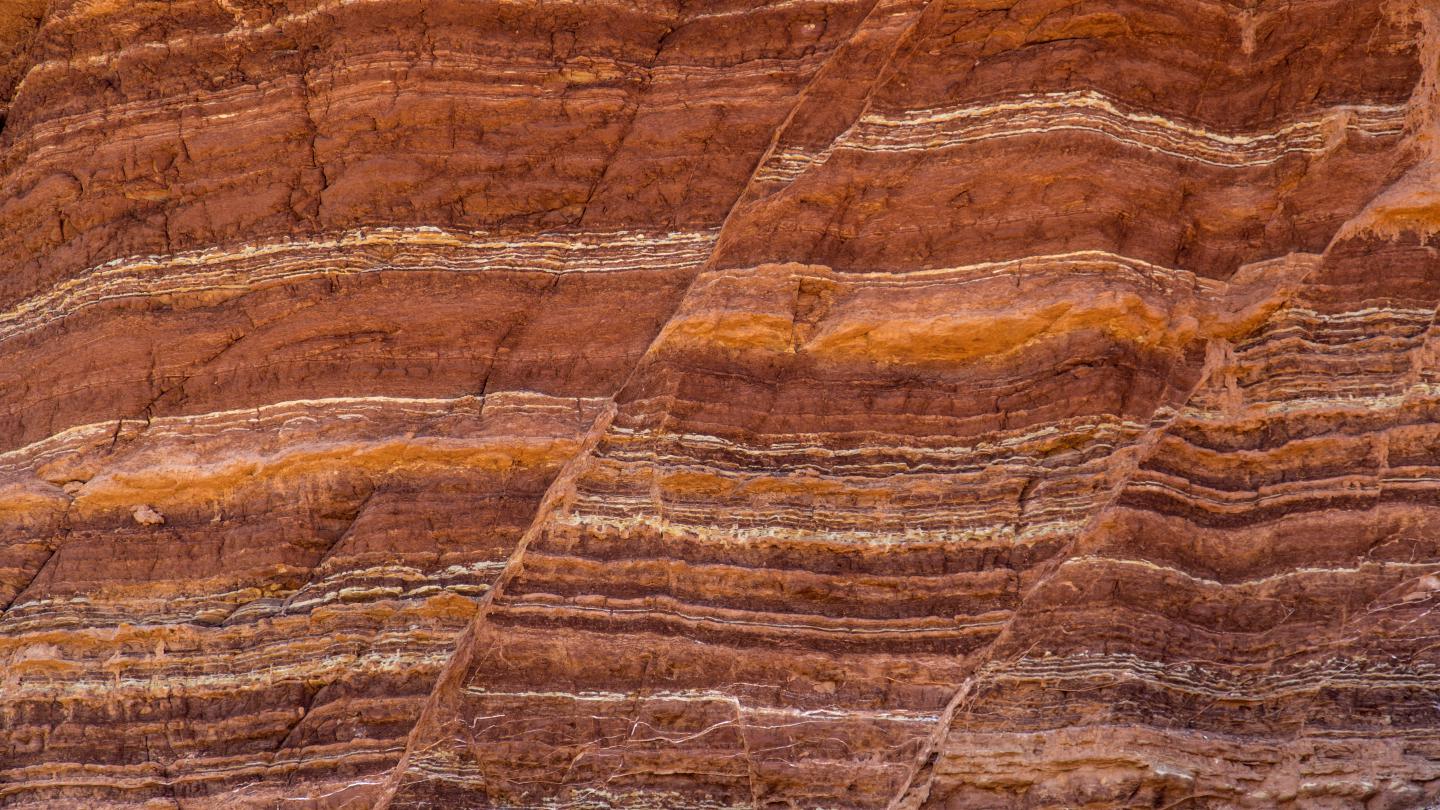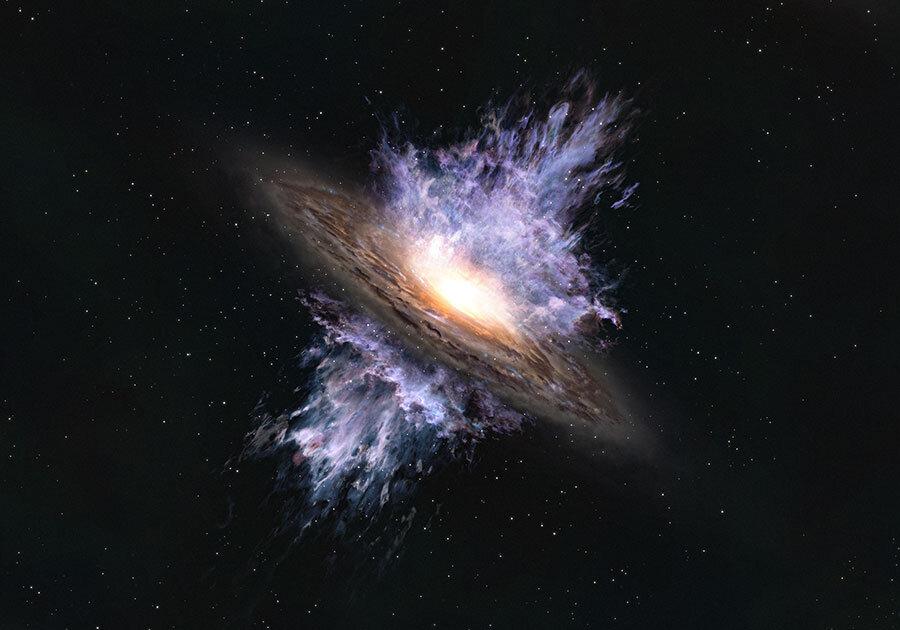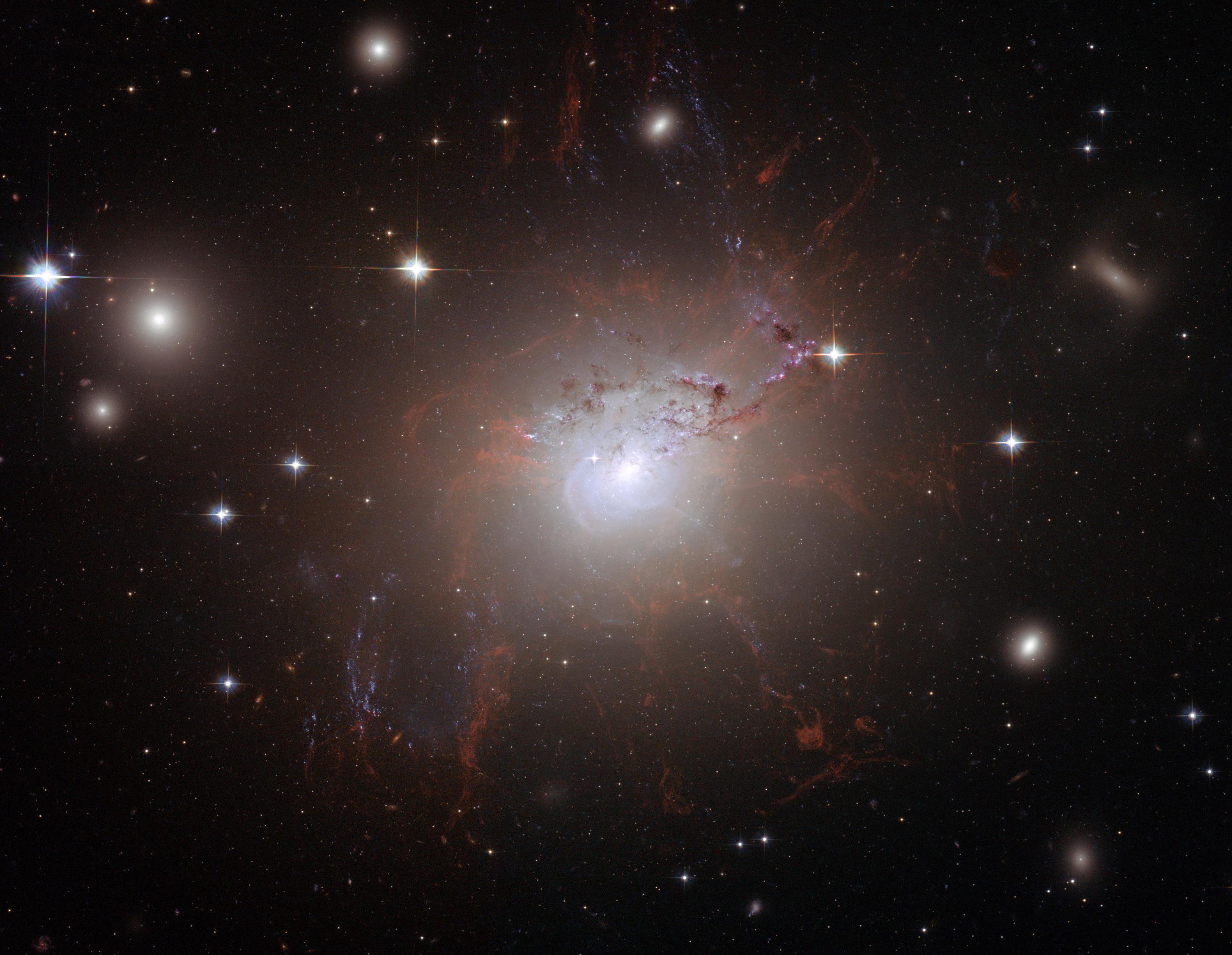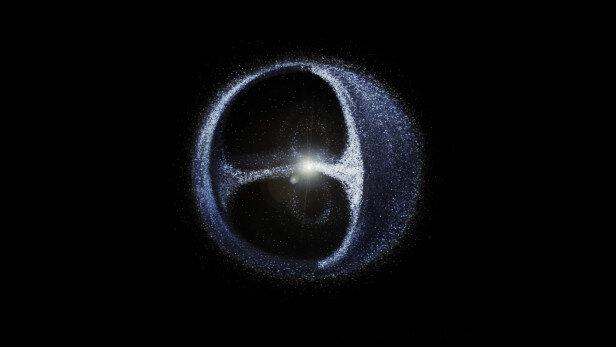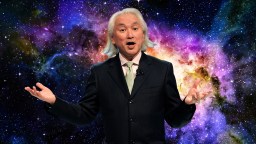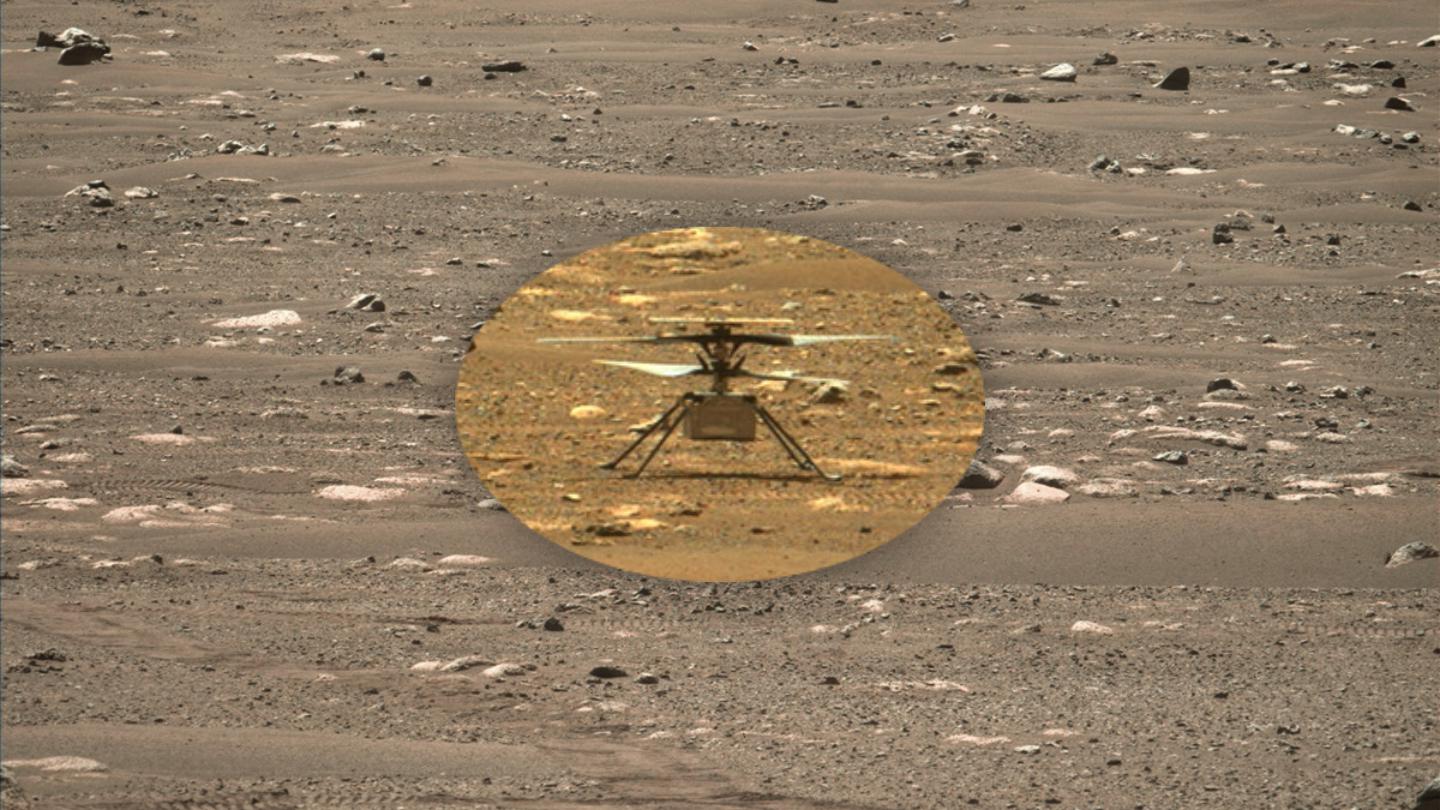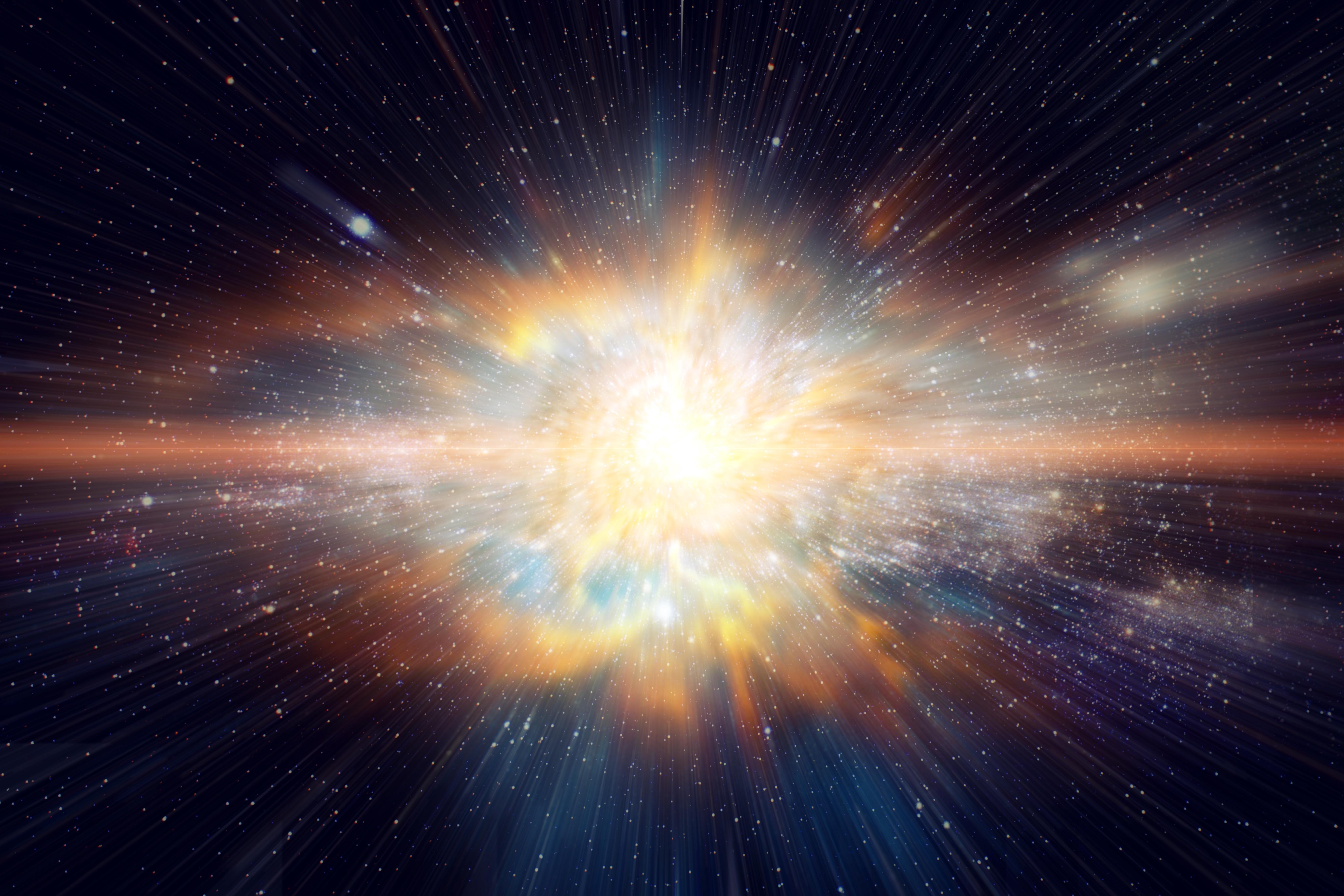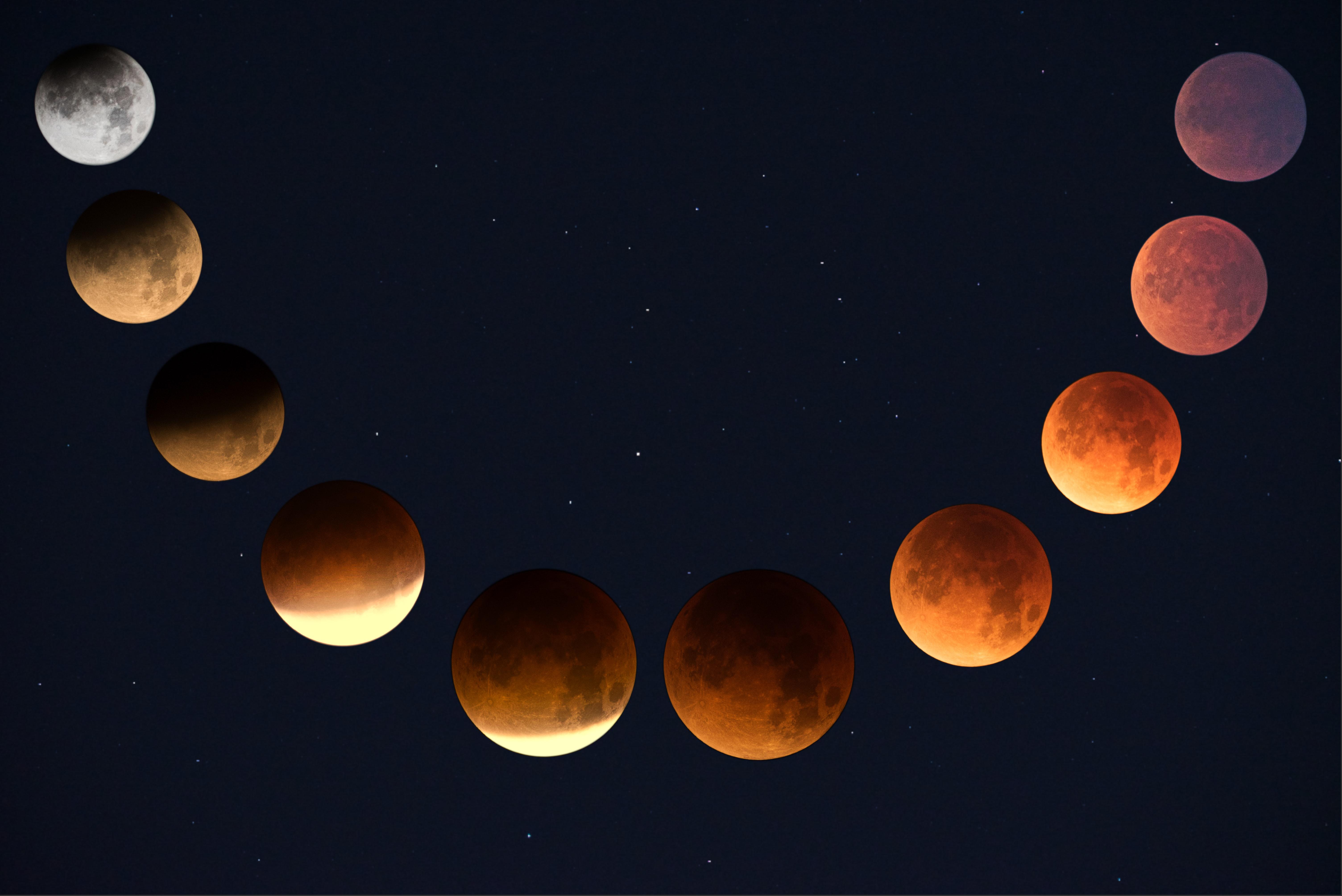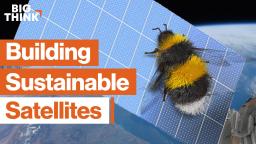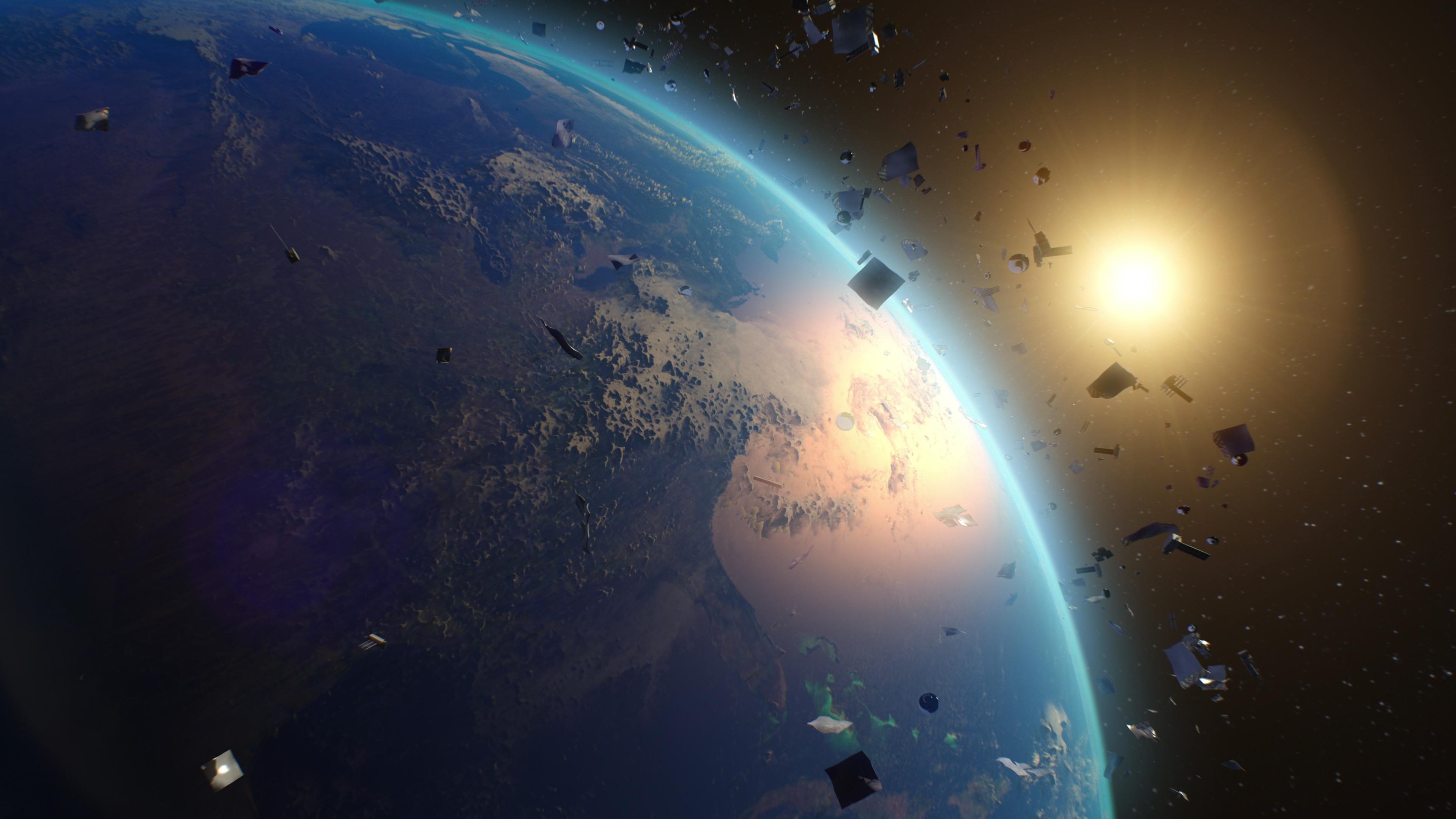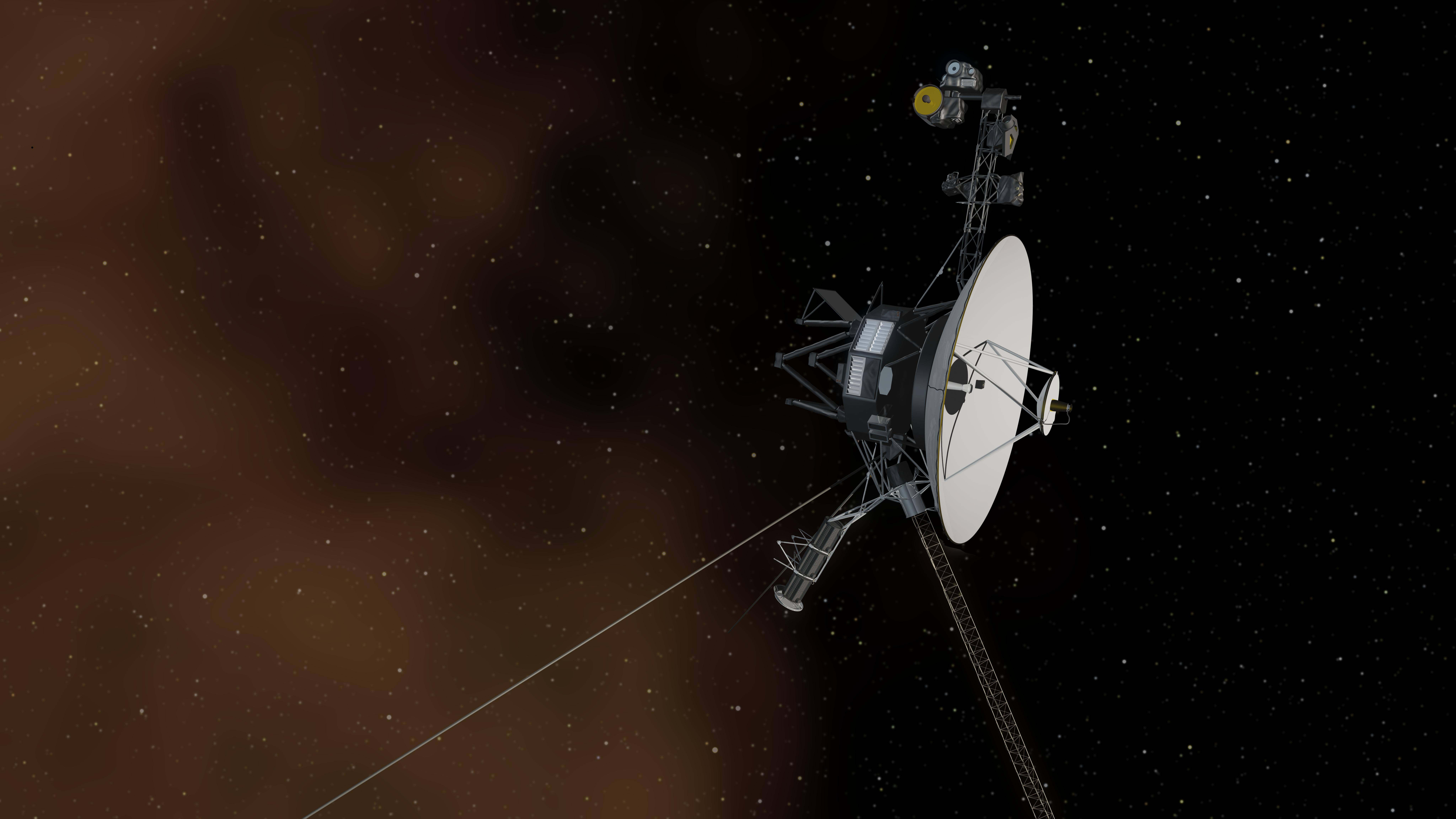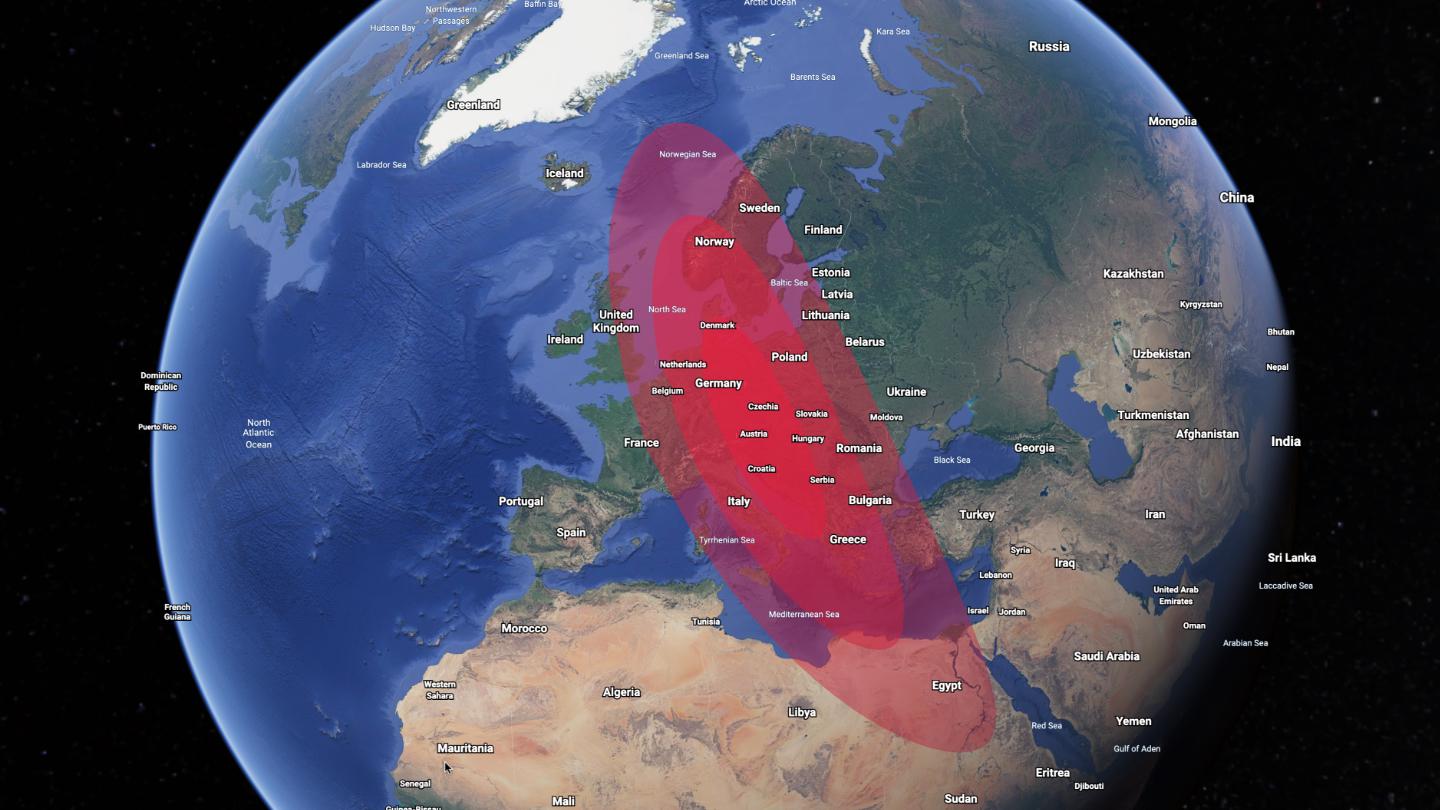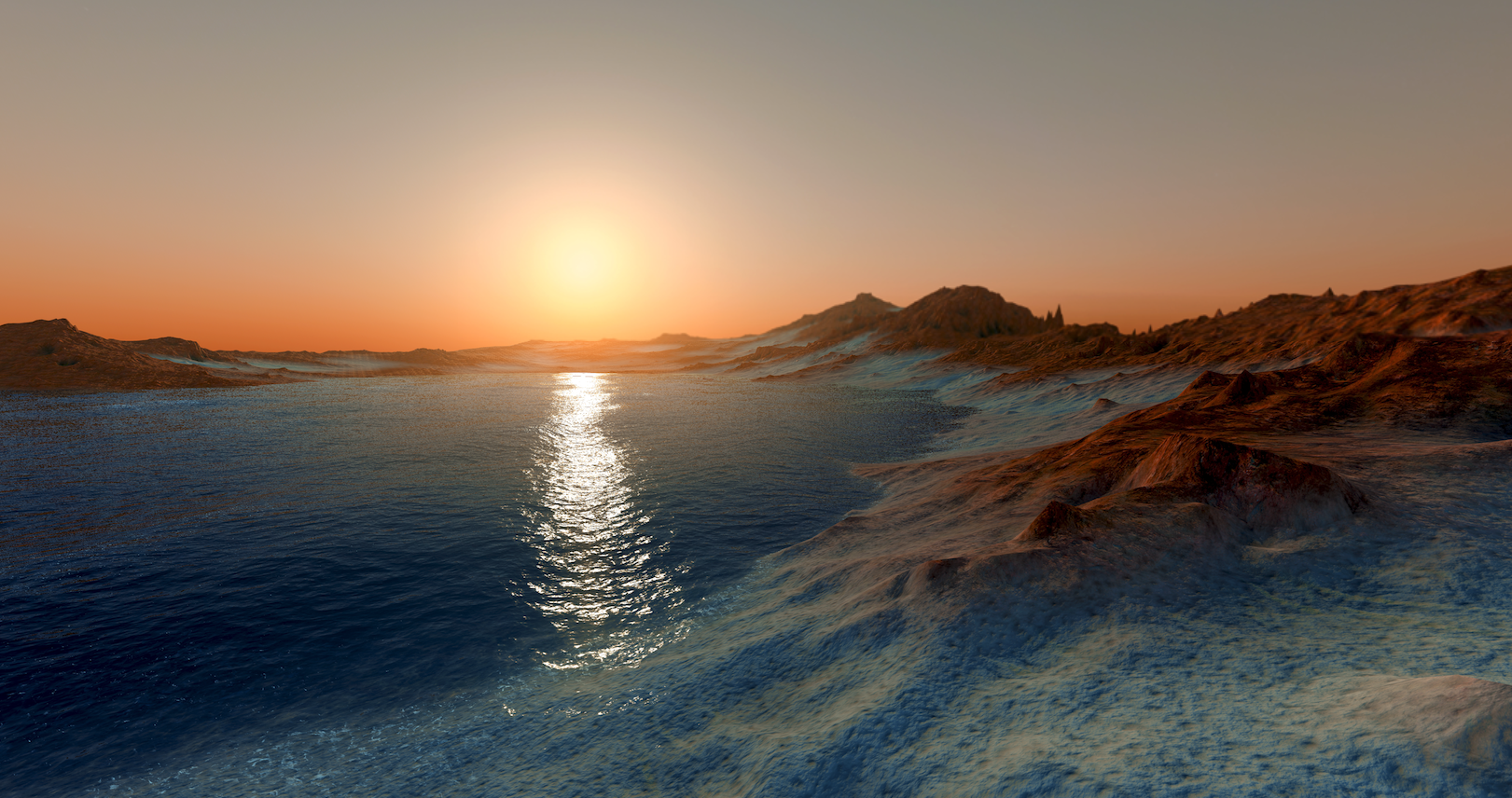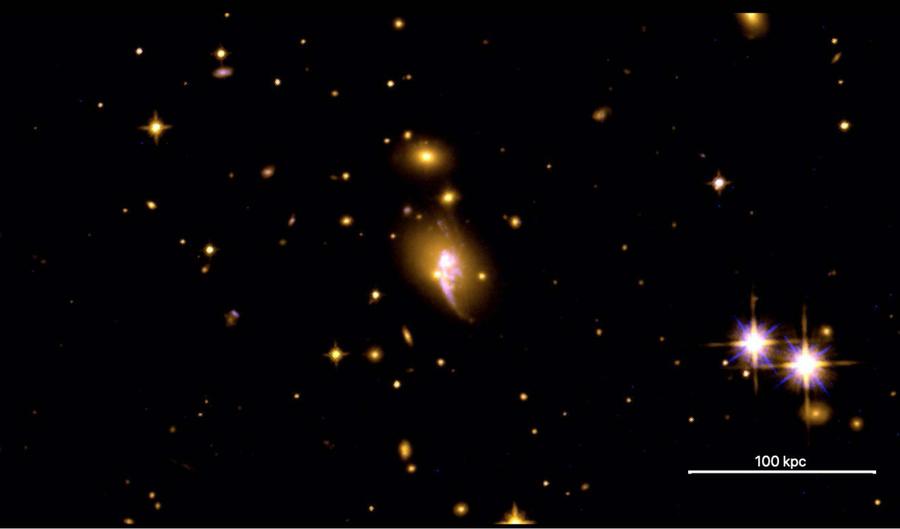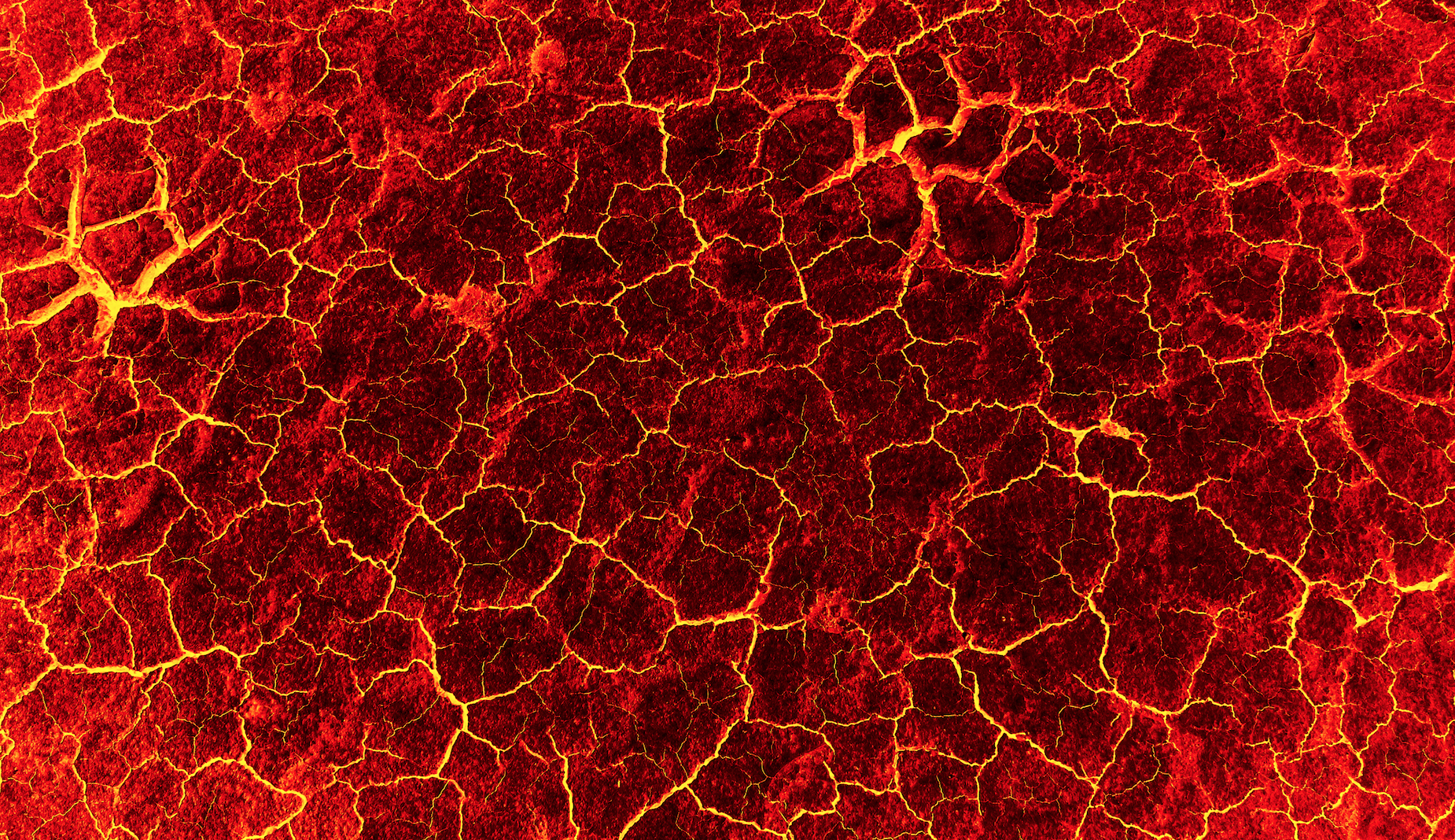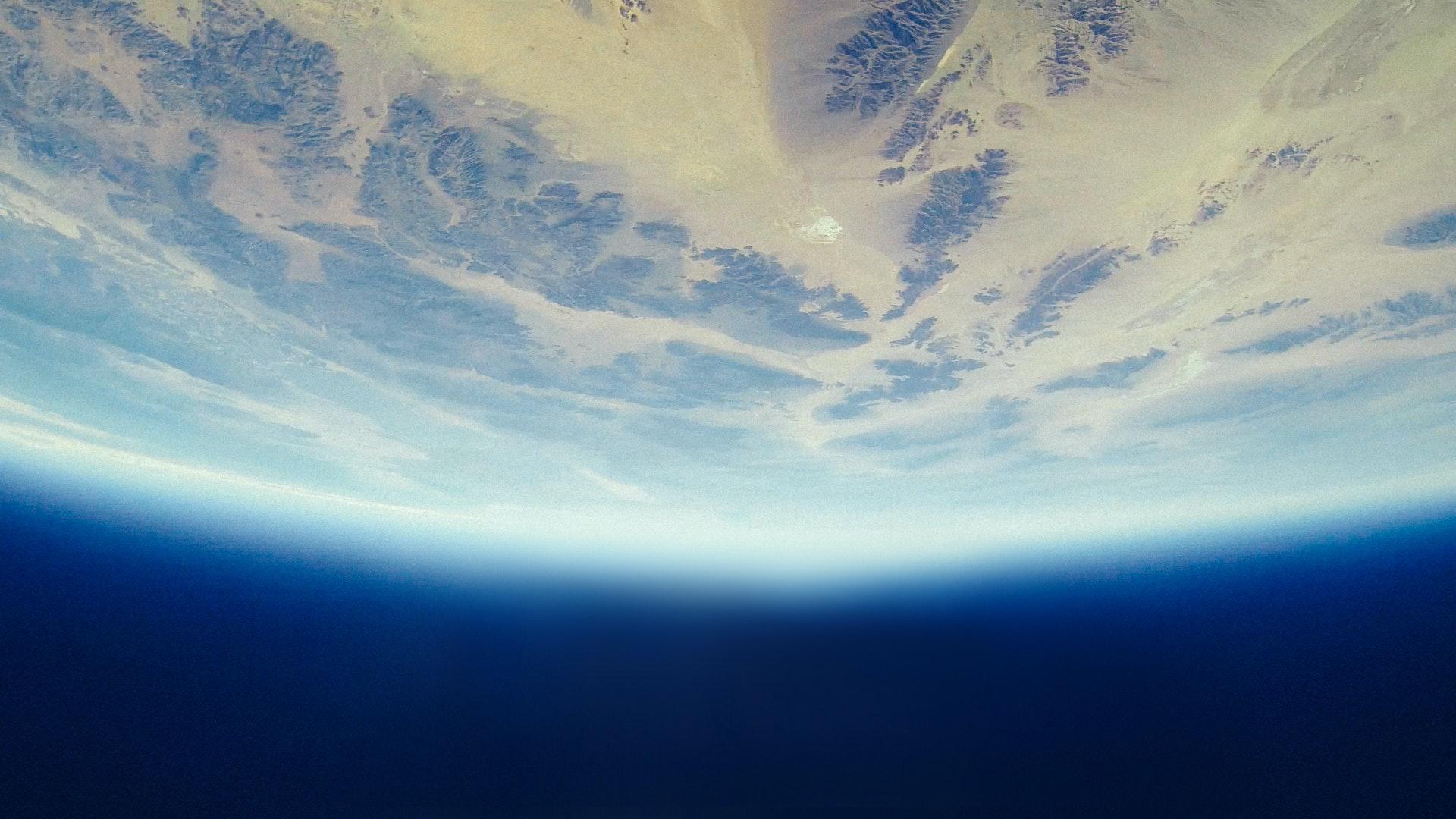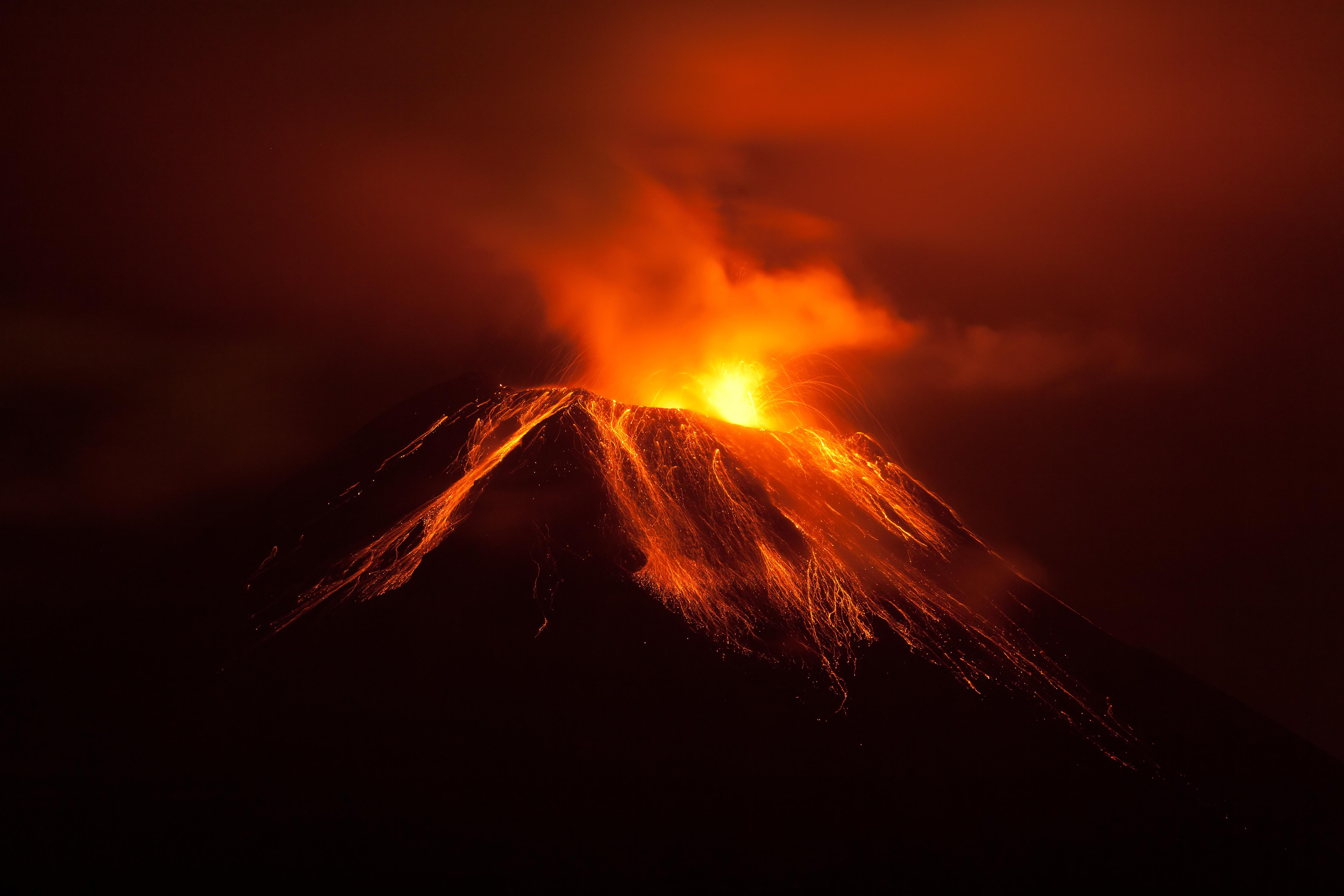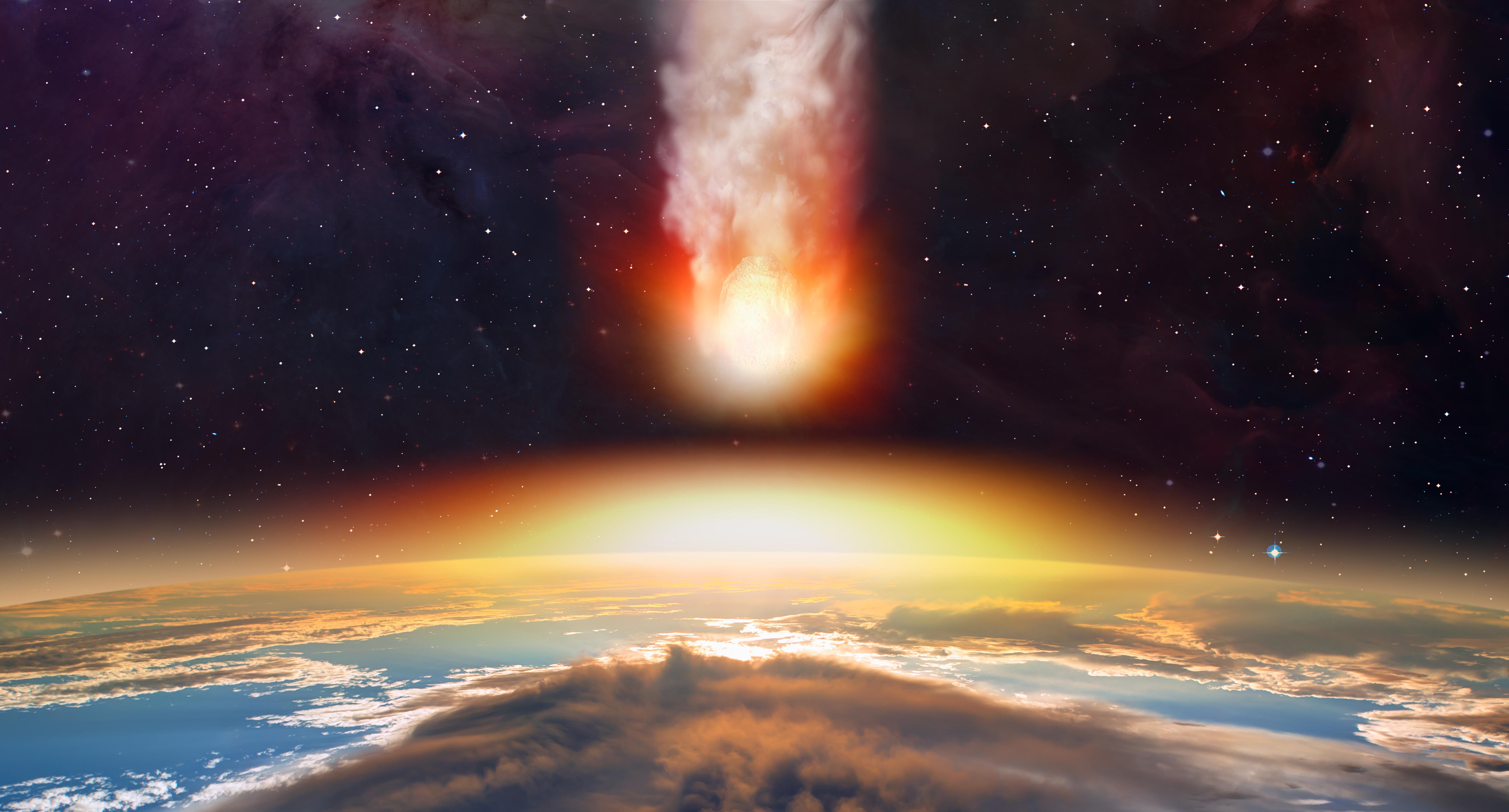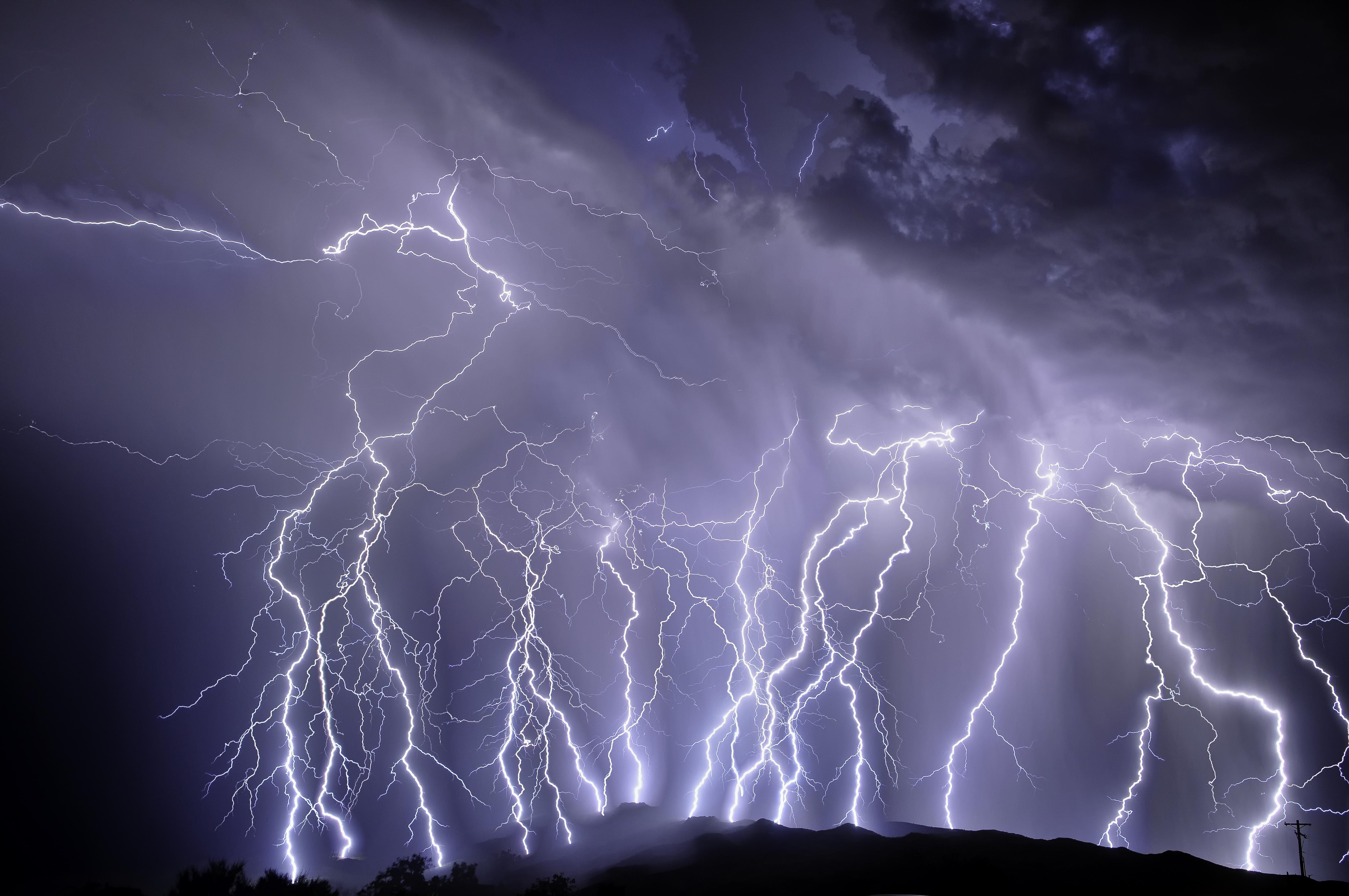Hard Science
All Stories
The Younger Dryas impact hypothesis argues that a comet strike caused major changes to climate and human cultures on Earth about 13,000 years ago.
Ernst Chladni proved that sound can be seen, and developed a technique of visualizing vibrations on a metal plate.
The Taupo volcano was responsible for one of the most violent eruptions on record.
A new study reveals what caused most life on Earth to die out during the end-Permian extinction, also known as the Great Dying.
An analysis of the gravitational wave data from black hole mergers show that the event horizon area, and entropy, always increases.
Geologists discover a rhythm to major geologic events.
Researchers discovered a galactic wind from a supermassive black hole that sheds light on the evolution of galaxies.
Every star we can see, including our sun, was born in one of these violent clouds.
Tiny specks of space debris can move faster than bullets and cause way more damage. Cleaning it up is imperative.
▸
6 min
—
with
The following is an excerpt from Viruses, Pandemics, and Immunity by Arup K. Chakraborty and Andrey S. Shaw. Reprinted with Permission from The MIT PRESS. Copyright 2021. Koch’s Postulates, Anthrax, […]
Astronomers possibly solve the mystery of how the enormous Oort cloud, with over 100 billion comet-like objects, was formed.
Can one equation unite all of physics?
▸
6 min
—
with
The helicopter’s sixth mission almost went down in disaster.
Determining if the universe is infinite pushes the limits of our knowledge.
A new AI-generated map of dark matter shows previously undiscovered filamentary structures connecting galaxies.
The eclipse season is starting with a bang.
A thought experiment from 1867 leads scientists to design a groundbreaking information engine.
It’s time to rethink how satellites and other objects are made and eventually destroyed.
▸
5 min
—
with
Since 1957, the world’s space agencies have been polluting the space above us with countless pieces of junk, threatening our technological infrastructure and ability to venture deeper into space.
New studies stretch the boundaries of physics, achieving quantum entanglement in larger systems.
A new paper reveals that the Voyager 1 spacecraft detected a constant hum coming from outside our Solar System.
Even with six months’ notice, we can’t stop an incoming asteroid.
Scientists have long puzzled over how Mars, a cold and dry planet, was once warm enough to support liquid water.
Philosopher and logician Kurt Gödel upended our understanding of mathematics and truth.
The research suggests that roughly 1 percent of galaxy clusters look atypical and can be easily misidentified.
A recent study of Iceland’s Krafla volcanic caldera suggests hidden magma pools may be lurking under many of the world’s volcanic systems.
Oxygen is thought to be a biomarker for extraterrestrial life, but there are at least three different ways that a lifeless planet can produce it.
Satellite imagery can help better predict volcanic eruptions by monitoring changes in surface temperature near volcanoes.
A study looks at how to use nuclear detonations to prevent asteroids from hitting Earth.
The uptick in Arctic lightning could cause more wildfires, potentially triggering a feedback loop that releases massive amounts of carbon into the atmosphere.


